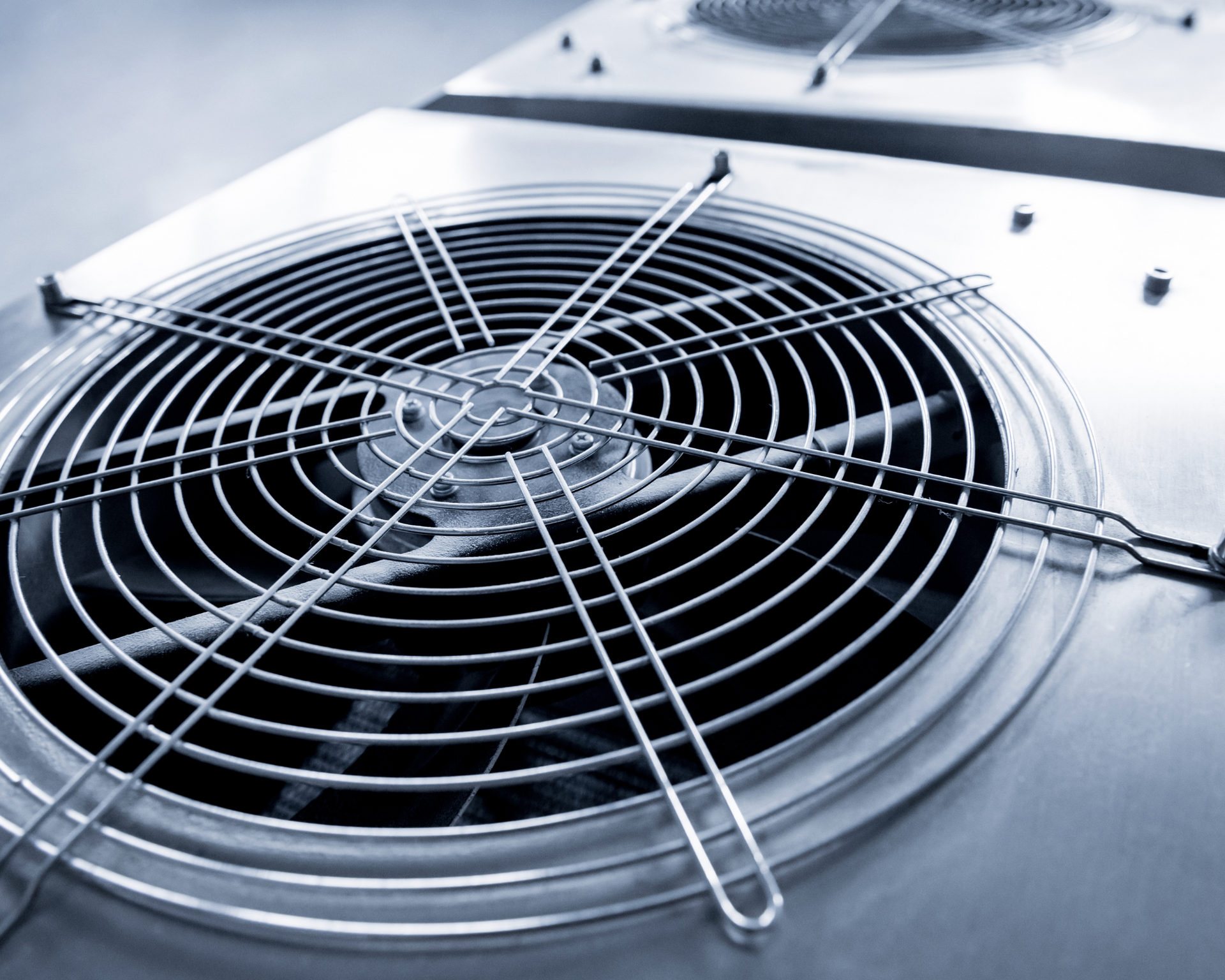What is the $5,000 Rule for AC?
A Simple Guideline That Suggests Replacement Of Air Conditioning or Heating System
The $5,000 rule is a simple guideline used by HVAC professionals in conjunction with homeowners to decide whether to repair or replace an air conditioning (AC) system when it breaks down. It helps weigh the financial sense of investing in fixes for an older unit versus upgrading to a new, more efficient one. This rule applies broadly to HVAC systems, including furnaces and heat pumps, but it's most commonly referenced for AC decisions.
How the $5000 Rule Works
- Determine the age of your AC unit: Check the manufacturer's data plate (usually on the outdoor condenser) for the installation or manufacturing date. Most central AC systems last 10–15 years on average.
- Get an estimate for the repair cost: This is the quoted price for fixing the current issue (e.g., compressor, coil, or refrigerant leak).
- Apply the formula: Multiply the unit's age (in years) by the repair cost (in dollars). Formula: Age × Repair Cost = Total
- If the total is $5,000 or less, repairing the unit is typically more cost-effective.
- If the total is over $5,000, replacing the entire AC system often makes better long-term financial sense due to the unit's age, rising repair frequency, and energy inefficiency.
Additional Considerations
While the $5,000 rule is a quick and easy starting point, it's not the only factor in the repair/replace decision —consult an HVAC technician for a full assessment. Other elements can include:
- Efficiency and energy savings: Older ACs (especially those using phased-out R-22 refrigerant) are less efficient, leading to higher utility bills. Newer models with higher SEER2 ratings (minimum 14–15 as of recent DOE standards) can cut costs by 20–40%.
- System lifespan and frequency of issues: If your AC is nearing 10+ years and has had multiple repairs, replacement avoids "nickel-and-diming" over time.
- Warranties and incentives: New units often come with 5–10 year warranties and may qualify for rebates (e.g., via ENERGY STAR or local programs).
- Home specifics: Size, ductwork, and usage patterns matter—e.g., frequent breakdowns in hot climates like southern Utah amplify the case for replacement.




